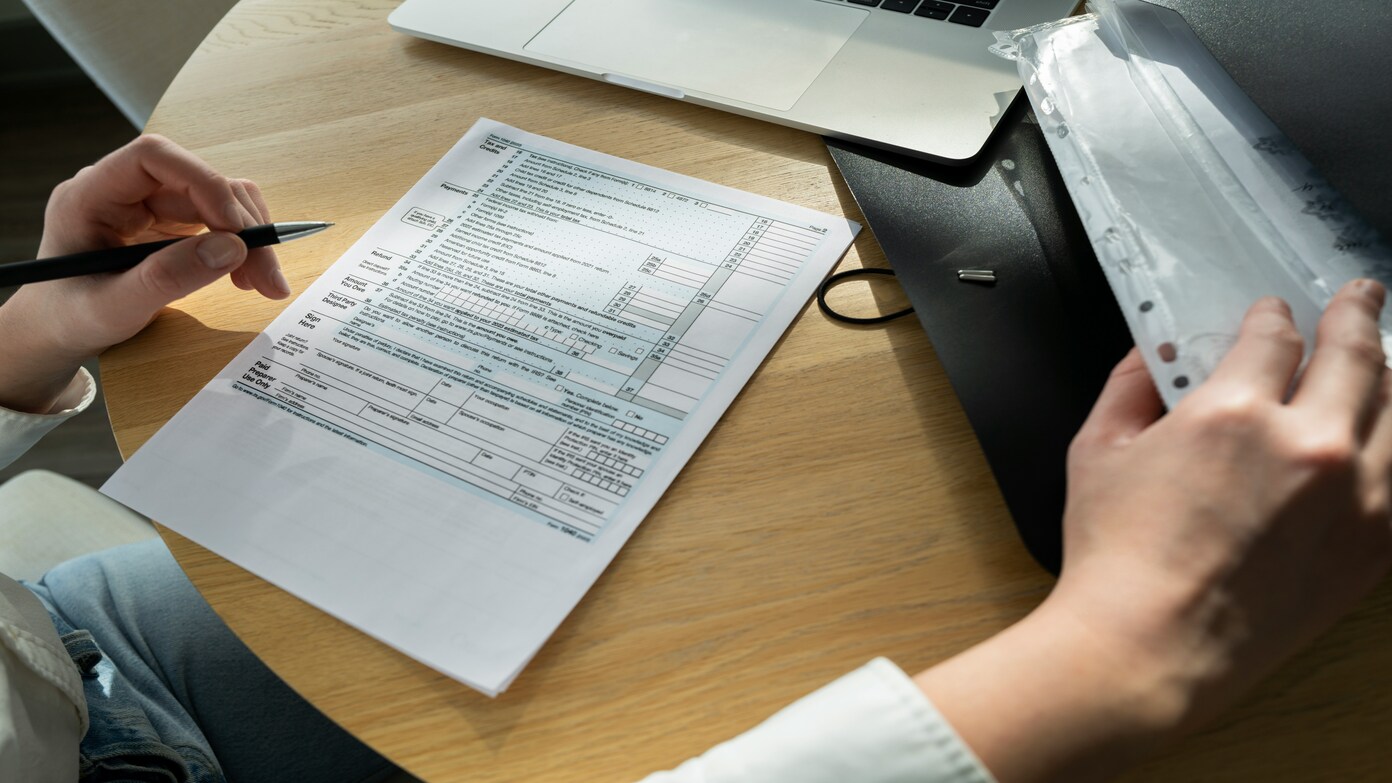Filing taxes can be a complex process, particularly when dealing with investment income or property sales. Schedule D of IRS Form 1040 is necessary for individuals who need to report capital gains or losses.
What is Schedule D?
Schedule D is an IRS tax form used to report capital gains and losses from the sale or exchange of capital assets. These assets include stocks, bonds, real estate, mutual funds, cryptocurrency, and other investments. The form also accounts for gains from involuntary conversions, capital gain distributions, and nonbusiness bad debts. It helps determine whether your transactions resulted in a net gain or loss, impacting your taxable income and tax liabilities.
Who needs to file Schedule D?
You must file Schedule D if you:
- Sold or exchanged a capital asset in a taxable account.
- Received capital gain distributions from investments.
- Have capital losses from previous years that you wish to carry forward.
- Have gains or losses from partnerships, estates, trusts, or S corporations.
- Incurred losses on nonbusiness bad debts.
- Conducted certain transactions, such as like-kind exchanges or installment sales.
There are exceptions. For example, you may not need Schedule D if your only capital gain is from the sale of your primary residence, provided it meets IRS exclusion criteria ($250,000 for single filers, $500,000 for joint filers).
Read now: IRS Form 1099-K in 2025: what is it, instructions, how to fill it out and where to apply
Steps to fill out Schedule D
- Gather necessary information
Before starting, ensure you have the following:
- Form 1099-B or 1099-DIV, reporting sales or distributions.
- Form 8949, summarizing individual transactions.
- Determine Short-Term vs. Long-Term gains or losses
- Short-term assets: Held for one year or less, taxed at your ordinary income rate.
- Long-term assets: Held for more than one year, taxed at a reduced rate of 0%, 15%, or 20% depending on your taxable income.
- Complete Form 8949
Form 8949 lists detailed transaction data, including:
- Asset description.
- Purchase and sale dates.
- Cost basis and sale price.
- Gains or losses for each transaction.
- Transfer totals to Schedule D.
- Report transactions on Schedule D
- Part I: Enter short-term transactions.
- Part II: Record long-term transactions.
- Part III: Combine totals from Parts I and II to calculate your net capital gain or loss.
- Apply special cases and adjustments
For unique transactions like installment sales, like-kind exchanges, or gains from collectibles, follow the specific instructions outlined in Schedule D and related forms
- Finalize and file
Net losses can offset up to $3,000 of ordinary income annually, with excess losses carried forward to future years. Once completed, transfer relevant totals to Form 1040.
Read now: What is IRS TREAS 310 and how is it related to 2023 Tax Returns?
How to apply and file Schedule D
You can file Schedule D:
- Online: Using tax preparation software to file.
- Manually: Print and mail the form along with your Form 1040.
- Through a Professional: Seek help from a CPA or tax professional for complex filings.
Tax implications and best practices
Properly reporting capital gains and losses is vital to avoid penalties and ensure accurate tax calculations. Use reliable software or consult with professionals to simplify the process. Keep comprehensive records of all transactions and refer to IRS publications for additional guidance.

